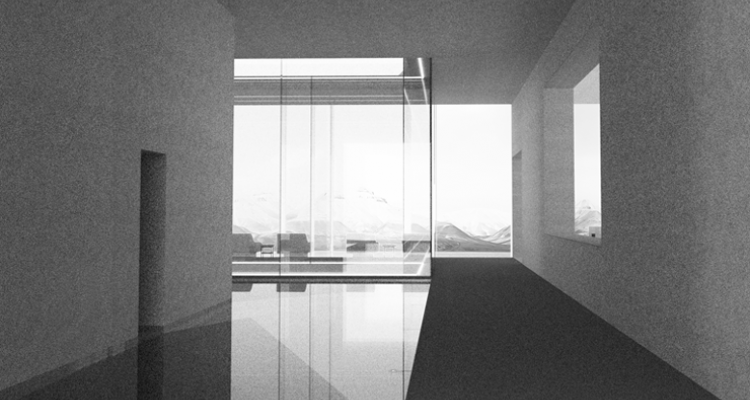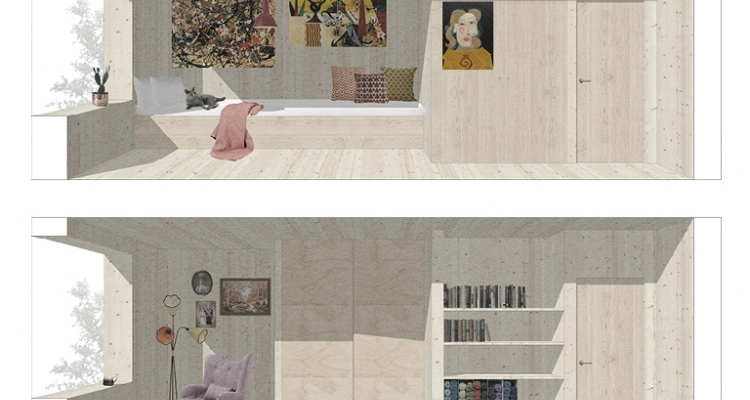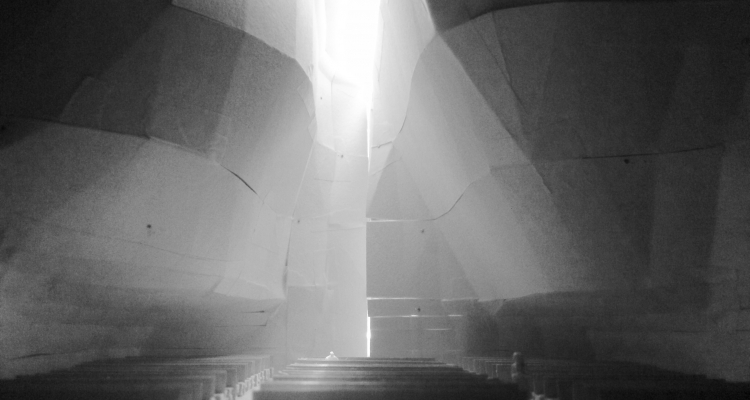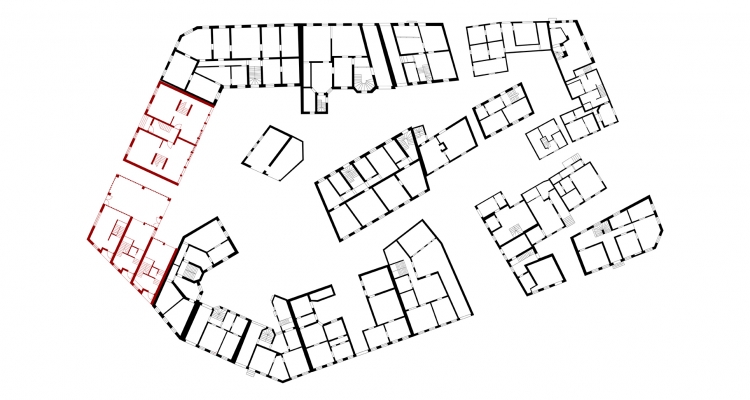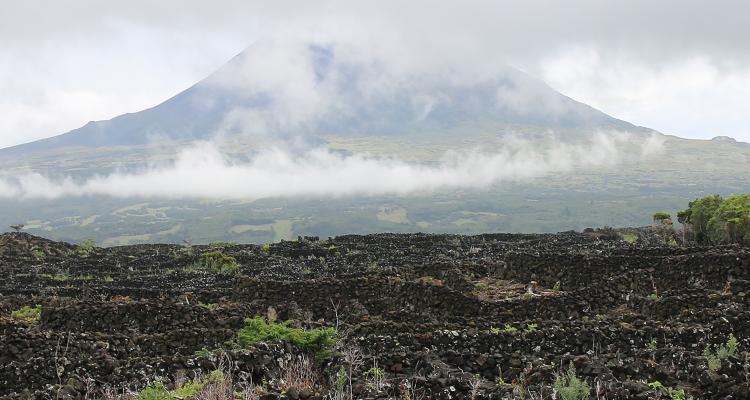The bath is located on the shoreline in Longyearbyen, Svalbard, and contains spaces designed to emphasize the different light phenomena and weather conditions of the Arctic. The bath has an introverted core focusing on light, darkness and water. Extroverted spaces are surrounding this core, cantilevering above the sea and the raw nature. Tourism is the main income in Longyearbyen. The bath will offer tourists and inhabitants a new experience of the Arctic.
Diplomprosjekt
In my diploma study I wish to conduct an architectural thinking that is inspired by ‘hoarding’ and that aims at producing a set of spatial conditions that can bring out new subjects with the capacity to renew the way we conceive of museum architecture today.
A public bath is one of the few remaining places where people still part with their phones. Entering a public bath means stepping into an alternate social and thermal environment: A place where the city dweller since antiquity has gone to escape the hustle of daily life, and delight in an hour of physical and spiritual regeneration.
Approximately 4000 children are in need of palliative treatment for incurable diseases in Norway at all times. As of today we have no hospice for children, which implies that the pediatric ward in most cases becomes their last home. A hospice is a place for these children and their families to stay until the child passes, that provides physical, psychological, social, spiritual and existential support.
This diploma seeks to explore the potential to preserve and re-use existing barn structures through minimal architectural interventions. The barns all over the Norwegian countryside reveal a rich agricultural and historical heritage. Sadly, the rate of decay in both used and abandoned barns is increasing, due to costs of maintenance and preservation.
Continuing a nearly thousand-year-old local ecclesiastic history, and responding to the 2016 architectural competition for a new church building for the very active congregation in Ulsteinvik, my project establishes a connection between the church and the other cornerstone of this coastal community, namely the shipyard industry, lending the church a stronger presence in everyday life.
Oslo is in growth, with a need for an increase in new dwellings. There is potential for densification of central areas by utilizing empty or low density sites. Through studying the overall structure and the elements the environment is built from, a new interpretation can be made and result in architecture rooted in place and a coherent development of the area.
My project is about defusing and humanizing a large potentially scary programme through splitting it up in fragments, and separating the various functions. Proton therapy is an advanced form of radiotherapy used for treating cancer. The technical equipment required for proton therapy is huge, with big machinery and massive walls. The site is at Ullevåll hospital in Oslo, next to the existing cancer centre, and close to the patient hotel, and it is thus able to utilize existing functions.
Pico island, Azores, is characterised by its mountain, ocean, and thousands of long, linear stone walls giving shelter to the vine plants. The site, situated on a rocky hillside surrounded by vineyards, offers close and distant views to the characteristic landscape.
The winery is built as parallel stone walls giving protection against the sun. Some spaces are underground to keep temperatures stable and stones from the excavation are used in the construction. The walls give shelter to the wine, the workers and the visitors, and weaves the building into the landscape.
